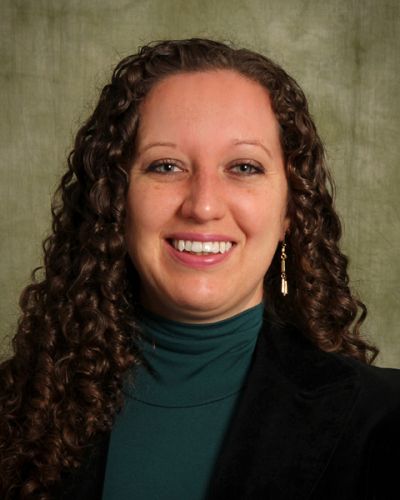Science and Mathematics
K.D. Nelson Lecture Series: Adriane Lam
March 28, 2024 at 4:00pm – 5:00pm EDT
Heroy Geology Laboratory, 113
This event has already occurred. The information may no longer be valid.

The Department of Earth and Environmental Sciences in the College of Arts and Sciences presents the K.D. Nelson Lecture Series featuring speaker Adriane Lam. Her talk is titled: “She Sieves Sea Shells from the Sea Floor: Plankton Fossils Reveal Oceanic Evolution and Dispersal Processes.”
Abstract:
Planktic foraminifera are single-celled marine protists that create shells (tests) made from calcium carbonate. Their fossil record in the marine realm is superb, and allows for an unprecedented view into the movement of planktic organisms around the world ocean and insight into their evolutionary processes. As such, evolution and extinction events of fossil plankton are used for first-order age control in sedimentary sequences (biostratigraphy). Planktic foraminifera respond to environmental factors, but temperature is the main factor that controls their distribution, dispersal, and diversity through time. As such, this plankton group is incredibly valuable to reconstruct ancient surface ocean currents.
The last ~23 million years of Earth’s history, the Neogene and Quaternary periods, features a large increase in planktic foraminiferal diversity, and is the time in which surface ocean circulation came into its modern configuration. This time also includes warming events that are analogous to anthropogenic warming modeled for the coming decades, as well as times of global cooling and ice growth. The Neogene and Quaternary periods are therefore ideal periods of time to study the factors that influence plankton evolution and dispersal across the oceans.
Using data from seventeen previous scientific ocean drilling expeditions, combined with new data developed for Ocean Drilling Program Leg 198 in the northwest Pacific, this study investigates the global movement of planktic foraminiferal through the last 23 million years of Earth’s history. Using global occurrences of the planktic foraminiferal genus Globoconella, the processes that allow for bi-polar distributions (occurrences in the poles but not in the tropics) of species will be investigated, as will how species have dispersed from one ocean basin to another. The study finds large diachroneity in species’ first and last occurrences due to oceanic and climatic factors. Such diachroneity should be viewed as a strength, rather than a weakness, of the planktic foraminiferal fossil record.
This event was published on March 26, 2024.
Event Details
- Category
- Science and Mathematics
- Region
- Campus
- Open to
- Alumni,
- Campus Community
- Contact
- College of Arts and Sciences
visitas@syr.edu
+1.315.443.3150
- Accessibility
- Contact College of Arts and Sciences to request accommodations
